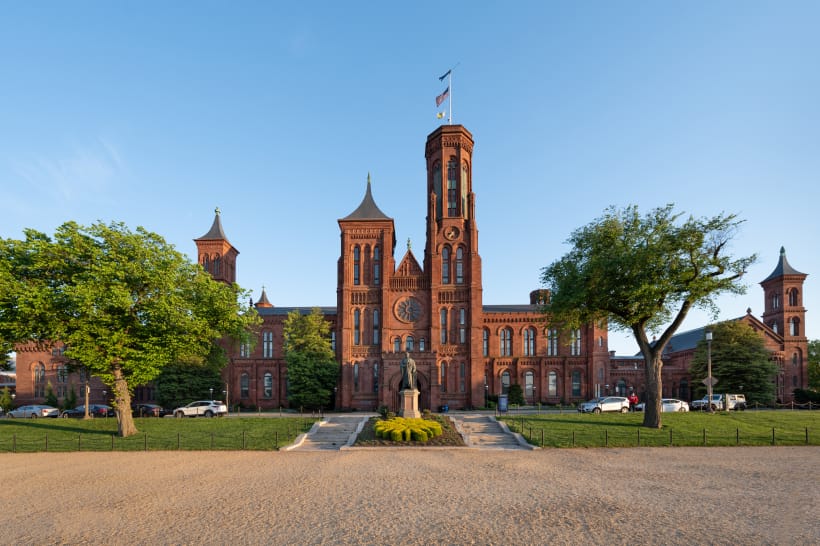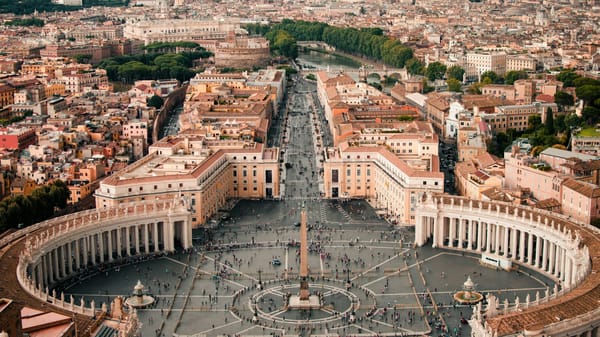Smithsonian Removes Trump Impeachment References, Fueling Political History Debate
The Smithsonian Museum of American History removed Trump’s impeachment references from its exhibit, raising concerns about political influence, historical erasure, and institutional censorship under the current administration.

In a move that stirred controversy, the Smithsonian’s National Museum of American History quietly removed references to former President Donald Trump’s two impeachments from its long-standing exhibit on presidential power. The decision, made in July 2025, has fueled fears that political pressure is influencing how American history is presented in one of the country’s most revered institutions.
The disputed content originally appeared in a temporary label added in September 2021 to the “Limits of Presidential Power” section within The American Presidency: A Glorious Burden exhibition. This label documented Trump’s unique distinction as the only U.S. president impeached twice—first in 2019 on charges related to his dealings with Ukraine, and again in 2021 for inciting the January 6 Capitol riot. Alongside Trump’s case, the label contextualized the impeachments of Presidents Andrew Johnson and Bill Clinton, as well as the Watergate scandal involving Richard Nixon.
However, museum officials explained that the label was always intended as a provisional update to address recent events and admitted it failed to meet the exhibit’s standards for appearance and placement. Restoring the display to its 2008 configuration, which includes only the earlier presidencies, was described as an effort to maintain consistency, especially since other parts of the exhibition had not been updated in over a decade.
The Smithsonian denied claims that the Trump administration directly pressured the removal, asserting no government official requested content be taken down. Yet, the timing coincides with broader political efforts by the Trump White House to reshape cultural institutions. Since his return to the White House in 2025, Trump has pushed aggressive actions aimed at asserting influence over federal arts bodies, including the Smithsonian itself, the National Endowment for the Arts, and the National Endowment for the Humanities. His administration’s executive order to “eliminate anti-American ideology” within Smithsonian museums has raised alarms about political interference in historical narratives.
Tensions within the Smithsonian came to a head when the administration sought to remove Kim Sajet, director of the National Portrait Gallery, over accusations of partisanship linked to her inclusion of Trump’s impeachments in museum captions. Though the Board of Regents reaffirmed that only the Smithsonian Secretary could dismiss museum directors, Sajet resigned amid the pressure, citing the toxic climate as disruptive to the institution’s mission.
Amid this backdrop, prominent figures in the art and museum world have voiced concerns over how political agendas risk distorting historical truth and undermining institutional independence. Painter Amy Sherald, who withdrew her upcoming exhibition from the Portrait Gallery citing fears her artwork depicting a transgender subject might be censored, underscored the chilling effect political pressures can have on artistic freedom.
The Smithsonian plans to restore an updated and more comprehensive exhibit on presidential impeachments “in the coming weeks,” although a precise timeline remains unclear. Meanwhile, digital resources related to the topic remain sparse, with most online references focusing on earlier presidencies.
This episode spotlights the ongoing struggle in American cultural institutions: balancing the presentation of historical facts with political sensitivities, especially when those facts involve contentious and recent events. As the nation grapples with its complex political history, how institutions like the Smithsonian handle such narratives will have lasting implications for public understanding and trust.
ART Walkway News





